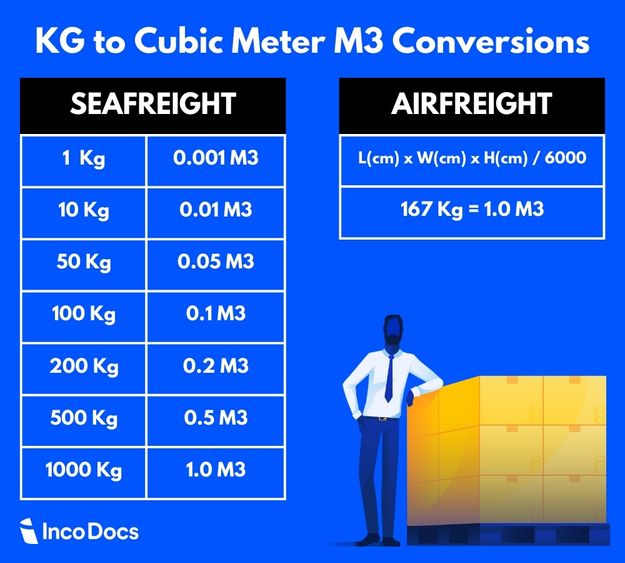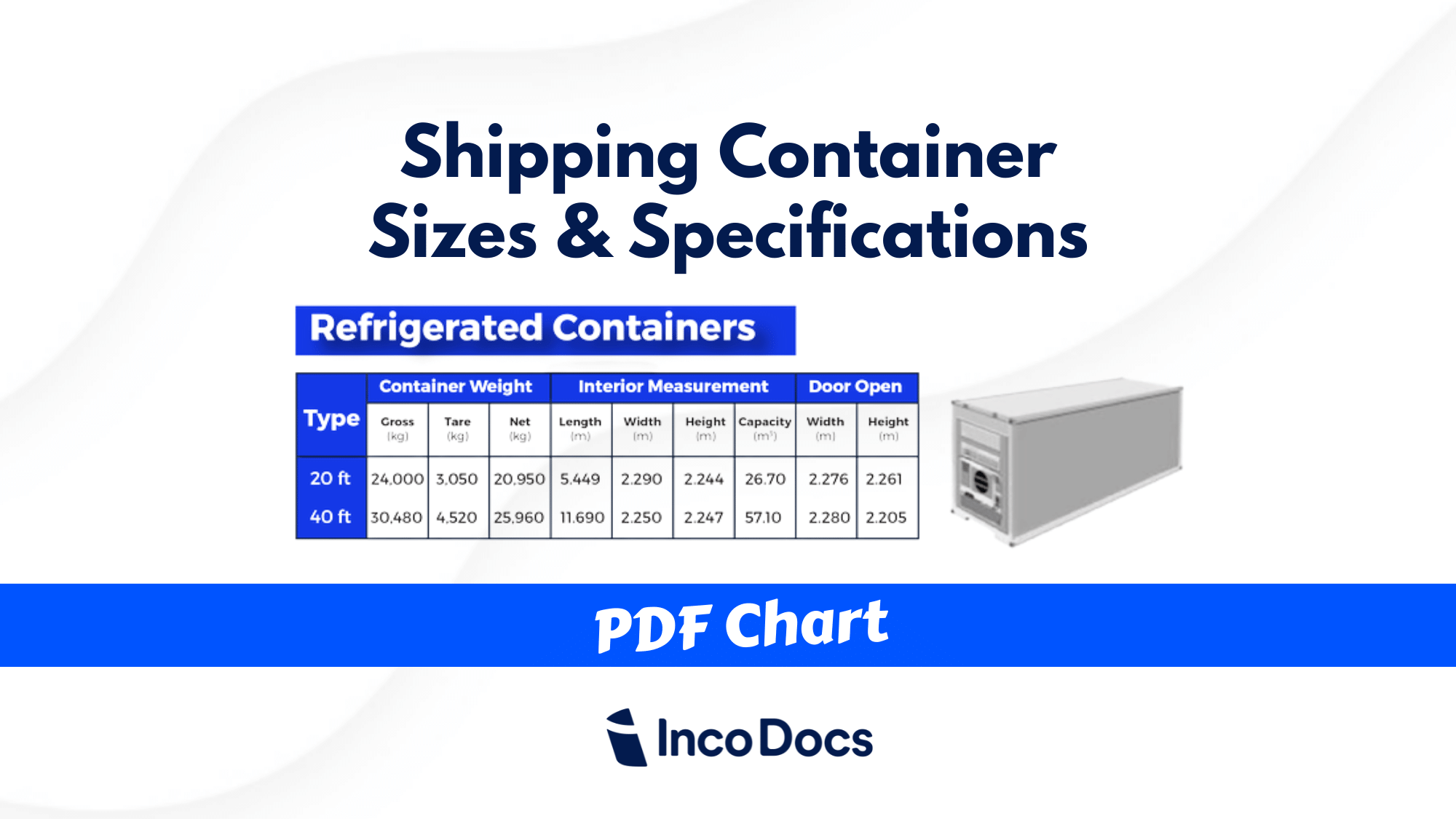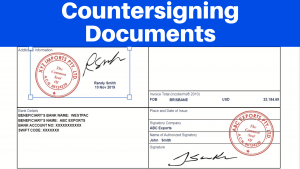What are the different shipping methods used in the global supply chain?
There are 4 modes of transport along the International Supply Chain. Goods can be transported via Sea, Air, Road or Rail. Multiple modes of transport will most likely be used for 1 single shipment to get products delivered to International locations.
When exporting goods, there are different types of shipping shipping containers available to load and transport goods. The mode of transport and the type of shipping container used mainly depends on the product’s overall packing sizes, cubic measurement or total weight.

Shipping Container Specifications and Shipping Methods used in the global supply chain.
Shipping containers are the most efficient means of transport across the globe. Their design allows multi-modal transport seamlessly between trucks, trailers, port handling equipment, shipping vessels and railheads. The most popular shipping method all over the world is the 20-foot long shipping container (20’ container).
20’GP Shipping Container (General Purpose) Specifications
The 20’ container is the most cost-efficient way to transport the goods to your buyer. It is known as a ‘Twenty-Footer’ to signify the overall length of 20 feet. Products are usually packed inside cartons, then cartons stacked and wrapped onto pallets and loaded inside the container for transport. A common way of exporting palletised cargo is 2 pallets high, 2 pallets wide, 8 pallets deep – 16 pallets total.
40’GP Shipping Container (General Purpose) Specifications
The 40’ shipping container is the same design as the 20’ container but just double the length. So the overall length is 40 feet and can hold double the amount of cargo.
40’HC Shipping Container (High-Cube) Specifications
The 40’ High Cube shipping container is the same overall length as the 40’GP, but it is approximately 40cm taller than the GP. This slight increase in height allows for an extra 10-15% of cargo to be loaded inside. This shipping container also allows for some different packing methods which can fit more baggage otherwise unable to pack inside a standard 40’GP container.
 Download Container Specs Chart
Download Container Specs ChartLCL Cargo (Less Than Container Load)

LCL shipping is a shipping method used for smaller cargo when the overall size of the goods for export is not big enough to fill a 20’ container. The shipper may only be exporting a few pallets of cargo, which will be shipped be LCL cargo.
There are more handling costs involved when shipping LCL cargo as pallets have to be loaded and unloaded more often, incurring more handling charges. LCL cargo is not a cost effective method of shipment, but it allows you to ship smaller goods.
When LCL shipping is used, the goods are still loaded inside a 20’ shipping container and transported the exact same way, but the goods are loaded inside a shared shipping container along with other party’s cargo to fill the container (a consolidated container). The freight cost is charged out depending on the overall product size or weight, the shipping rate will be charged out per cubic meter of cargo (m3) or per Metric Tonne (1,000kg) in mass, whichever is greater.

Breakbulk Cargo
Breakbulk Cargo is not a very popular shipping method as it’s generally used for oversized cargo that can’t fit inside shipping containers. Any load that exceeds the length, height or weight restrictions of a 40′ container will be shipped by breakbulk cargo.
Cargo is loaded on top of the deck of the vessel and has to be carefully packed into place on the top of the deck by crane. Large machinery, boats and steel are examples of goods that are exported around the world by Breakbulk Cargo.







